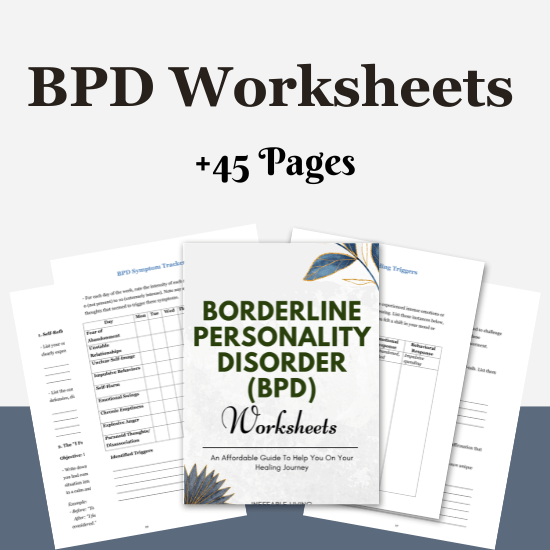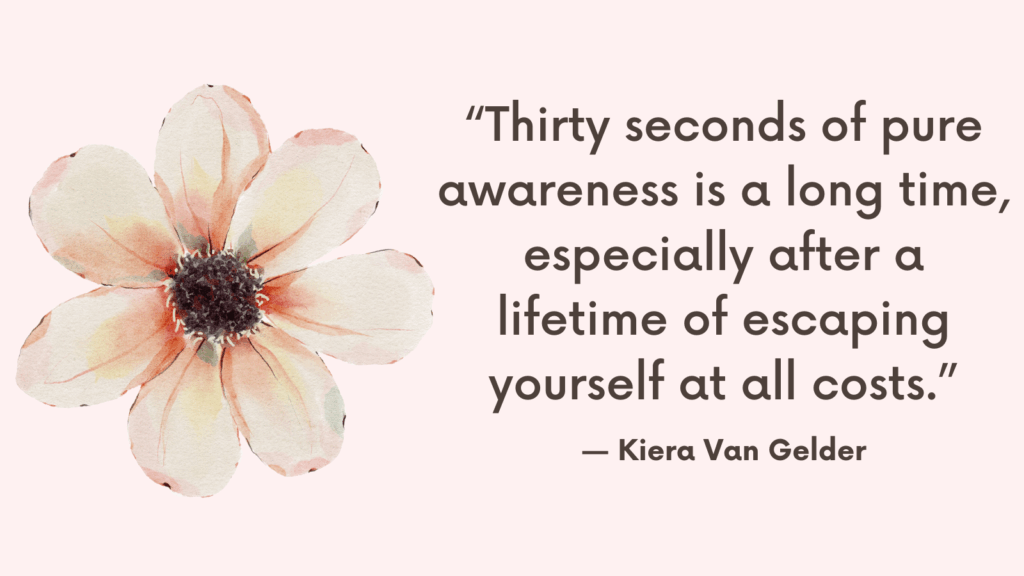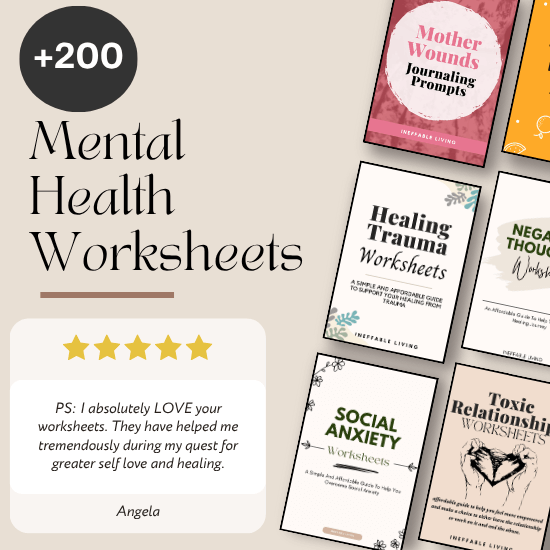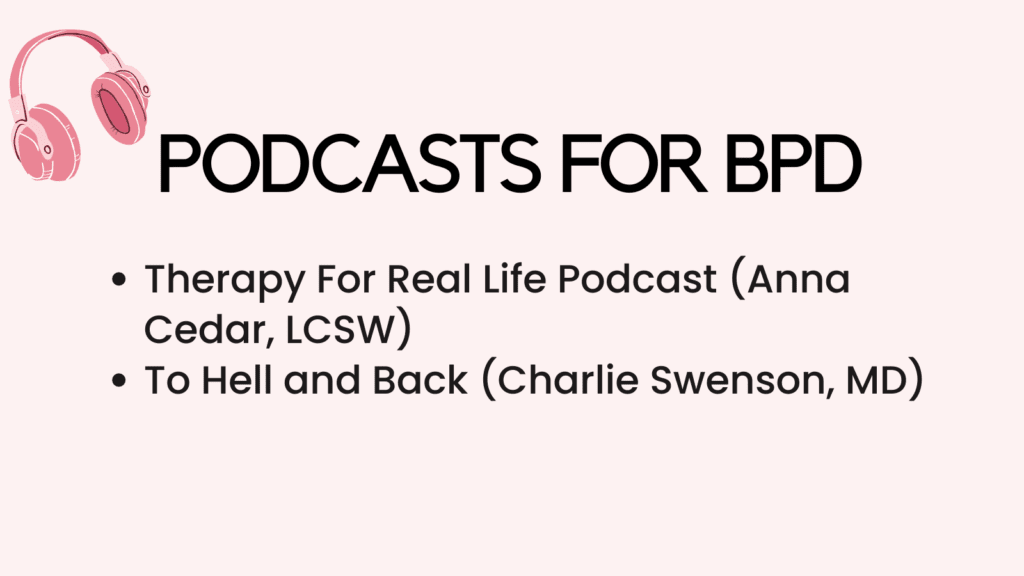For people with Borderline Personality Disorder (BPD), the fear of abandonment isn’t just a passing worry — it’s a deep, visceral panic that can feel life-threatening. A late reply, a change in tone, or a need for space can trigger overwhelming emotional reactions. This abandonment panic can lead to impulsive behaviors, fights, or pushing loved ones away — all in a desperate attempt to feel safe again.
But there are ways to manage this fear without sabotaging connection. With self-awareness, emotional tools, and compassionate communication, you can soothe the panic and protect the relationship.
What Abandonment Panic Feels Like
Abandonment panic in BPD can be overwhelming and often includes:
- Sudden fear that someone is leaving or disconnecting
- Racing thoughts like “I’m being replaced,” “They don’t care,” or “I did something wrong”
- Emotional outbursts, begging, or threatening to leave first
- Feeling physically sick — chest tightness, trembling, nausea
- Impulsive behaviors to regain connection (e.g., texting repeatedly, showing up uninvited, self-harm)
The fear isn’t exaggerated — it feels real, immediate, and consuming.
Where the Fear Comes From
Abandonment panic in BPD is often rooted in early relational trauma — inconsistent caregivers, neglect, or emotional invalidation. When love was unpredictable, your nervous system learned to scan constantly for signs of rejection. Even minor separations now trigger that old terror of being left for good.
It’s not a choice — it’s a trauma response.
Related: Top 7 Skills For Coping With BPD [+ BPD FREE Resources]
Common Triggers
You might feel abandoned when:
- Someone takes longer than usual to reply
- A friend cancels plans
- A partner needs space or gets quiet
- You make a mistake and fear it ruined everything
- Someone pulls away emotionally or physically
The trigger doesn’t have to be dramatic — your body reacts like it’s an emergency.
BPD and Abandonment Panic: How to Calm the Fear Without Destroying the Relationship
1. Understand Where the Panic Comes From
Abandonment panic is often rooted in early trauma or inconsistent caregiving. When love or safety was unpredictable, your brain learned that connection is fragile — and that being left means danger. So now, even small signs of disconnection feel massive. The fear isn’t fake. It’s your nervous system trying to survive.
2. Learn to Recognize the Signs of Panic Early
Catch it before it escalates. Signs include:
- Racing thoughts like “They’re going to leave” or “I’m too much”
- Urges to text repeatedly, lash out, or emotionally withdraw
- Physical symptoms: tight chest, shallow breathing, shaking
- Sudden need for reassurance or control
Noticing the fear as abandonment panic helps you respond with compassion instead of reaction.
Related: What Is Quiet Borderline Personality Disorder?
3. Ground Yourself in the Present
When panic strikes, your body is reacting to the past. Use grounding to return to the present:
- Hold something cold (ice, metal)
- Press your feet into the floor and say, “I am safe right now”
- Use deep breathing: inhale 4, exhale 6
- Look around and name five things you see
Grounding reminds your body: this isn’t the same danger — this is just a hard moment.
4. Pause Before Acting on the Panic
The urge to send a dramatic message, start a fight, or ghost someone may feel overwhelming — but it’s a trauma response, not the solution.
Tell yourself: “I can wait 10 minutes. I don’t have to act right now.”
During that pause, breathe, write out your feelings, or use a DBT skill like the STOP technique. Time gives your logic a chance to catch up to your emotion.
5. Challenge the Abandonment Story
Ask yourself:
- What are the facts? Are they really leaving me, or am I fearing the worst?
- Has this person shown they care? What’s more likely — rejection or just needing space?
- Am I making assumptions based on the past?
The fear feels real — but not every fear is a fact.
Related: Borderline Personality Disorder Support Group
6. Communicate Your Needs Without Blame
Instead of acting out, reach out. Use honest, grounded communication:
- “I noticed I started feeling anxious when I didn’t hear from you. I’m working on my fear of abandonment, and I wanted to let you know how I feel.”
- “When you need space, it’s hard for me not to panic. Can we talk about how to stay connected during those times?”
Let your vulnerability be a bridge — not a weapon.
7. Create a Reassurance Plan
Talk to your partner or close friends about what helps when you’re triggered. For example:
- A check-in text or emoji
- A pre-agreed response like “I need space, but I’m still here”
- A reminder note from them or your future self saying “They aren’t gone — this is just your fear talking”
Having a plan creates safety when your brain says everything’s falling apart.
8. Reconnect with Your Self-Worth
Abandonment panic is fueled by the belief that you’re too much, not enough, or unworthy. But that’s the trauma talking — not the truth.
Practice saying:
- “I am lovable, even when I feel afraid”
- “This fear doesn’t define me”
- “I deserve stable, respectful love”
The more you affirm your worth, the less you’ll chase proof from others.
9. Practice Repair, Not Rupture
If you’ve lashed out, begged, or ghosted during panic — don’t spiral into shame. Practice repair:
- “I panicked because I felt like I was being left. I’m sorry for how I reacted.”
- “I’m learning to manage this fear, and I appreciate your patience.”
Repair builds trust — in both yourself and the relationship.
10. Get Support for the Deeper Wounds
You can’t logic your way out of abandonment trauma — but you can heal it. Therapy, especially DBT or trauma-informed care, helps you:
- Understand your attachment wounds
- Learn to self-soothe
- Build emotional resilience
- Create a stable sense of identity and safety
You don’t have to do this alone.
Related: Borderline Personality Disorder (BPD) Resources (Information, APPS, Podcasts, TED Talks, Books)

Conclusion
Abandonment panic is one of the most painful parts of BPD — but it doesn’t have to control your life or destroy your relationships. Each time you pause, ground, communicate, and repair, you prove something powerful: you’re not the child who was left. You’re the adult now — and you are learning how to stay present, stay connected, and stay kind to yourself.
You can love without losing yourself. And you can be loved without being left.



![BPD Support Groups [Online & In-Person]](https://ineffableliving.com/wp-content/uploads/2022/09/Borderline-Personality-Disorder-Support-Group-1024x576.png)